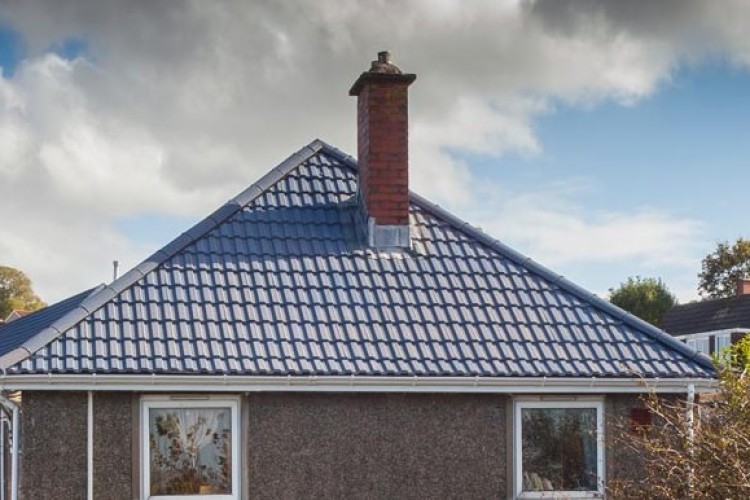The UK’s Air Quality Plan1 was published on 26th July and includes proposals to improve air quality in the most heavily polluted towns and cities. However, the plan only addresses the polluter and does not outline any additional measures to make use of technology that can actually cut pollution once it is in the atmosphere.
According to Marley Eternit, the use of photocatalytic technology on roads and buildings could help cut nitrogen dioxide levels. It suggests that the UK could have followed the lead of countries such as Japan and the Netherlands, by using so-called ‘pollution absorbing’ photocatalytic technology to effectively ‘eat’ excess levels of nitrogen dioxide and nitric oxide (NOx) in the air.
The company’s own EcoLogic roof tile is one such product and it had evidently been hoping for a bit of government support.
Phillip Wallis, technical team manager at Marley Eternit, said: “We welcome many of the plans and proposals within the government’s Air Quality Plan. However, by only addressing the polluter, rather than the pollution itself, then the UK is missing a trick. A better option is to take a two pronged approach and also look to reduce the amount of pollution still being produced, with the use of photocatalytic technology on our buildings and roads to absorb the toxic mix of NOx generated by road traffic exhaust fumes.
“Unlike greenhouse gases, the risk from nitrogen dioxide is localised where there is a build up of pollution, so action needs to be taken to target specific roads, located mainly in cities and towns. Photocatalytic technology lends itself very well to this because it can be used on pavements and roofs to cut pollution levels along high risk roads or streets.
“The technology exists right now to use photocatalytic coatings on roof tiles to ‘eat’ pollution from the air but we are the only manufacturer that does it. In fact, we launched our pollution eating roof tile, EcoLogic, back in 2007, which means not only is it readily available but it is also affordable and uses 50% recycled materials. It is already used by some local authorities on their housing stock to improve air quality in the local area.”

The external coating on Ecologic tiles contains titanium dioxide that speeds up the naturally occurring nitrogen cycle. The coating reacts with asthma-causing nitrogen oxides in the air to convert them to nitric acid, which is then neutralised to form calcium nitrate, a liquid fertiliser that Marley says is harmless to the environment (and beneficial in fertilising a garden). Marley Eternit’s tests show that the coating is expected to continue absorbing pollutants for around 25 years.
Phillip Wallis said: “Using typical data on pollution levels in urban areas, coupled with our laboratory test data, we estimate that over the lifespan of an average sized roof, the amount of NOx the tiles will remove could be equivalent to that emitted by a modern car covering over 100,000 miles. Indeed, we estimate that the tiles have already saved millions of miles in pollution since they were launched.”
Photocatalytic technology is already used in cement on pavements in Japan, America and the Netherlands to cut pollution at the roadside. A study in the Netherlands found that photocatalytic concrete decreased NOx levels by 25% up to as much as 45% in ideal weather conditions on a busy road.
Mr Wallis concluded: “Using photocatalytic technology on just one roof has an impact on surrounding air pollution levels, but imagine the impact that thousands or millions of roofs could have. Why is there no grant or incentive for homeowners or developers to use technology on their roofs and pavements that can actually cut air pollution? In reality, vast amounts of NOx are being emitted into the atmosphere and although Ecologic tiles alone cannot eliminate this, they will make a positive difference to help reduce NOx levels.
“If the government truly wants to make an impact on air pollution, it needs to include additional measures in the strategy that don’t solely focus on the polluter but also encourage the use of photocatalytic technology to reduce the pollution already in the air.”
1. For more details on the UK Air Quality Plan, see www.gov.uk/government/publications/air-quality-plan-for-nitrogen-dioxide-no2-in-uk-2017
Got a story? Email news@theconstructionindex.co.uk
.png)


